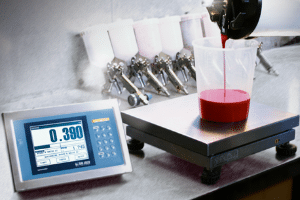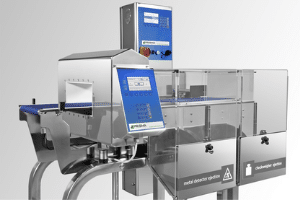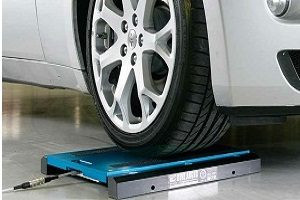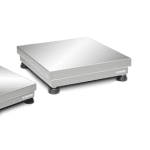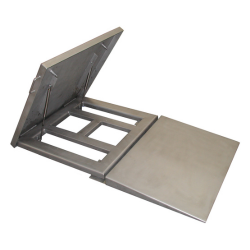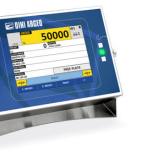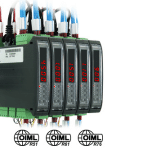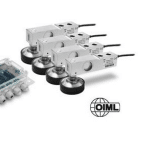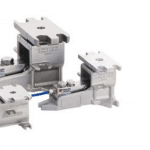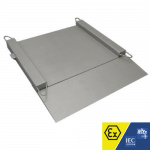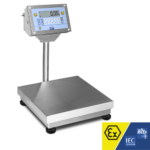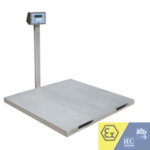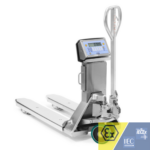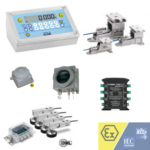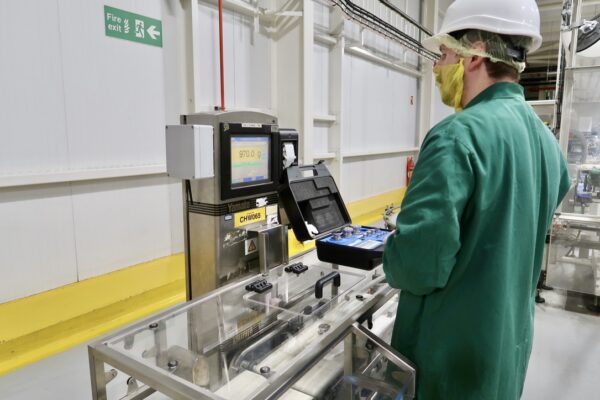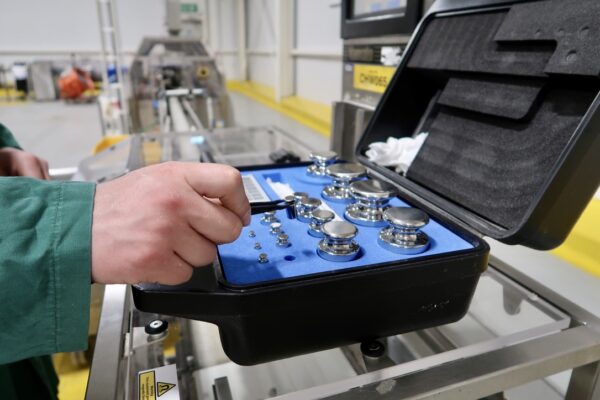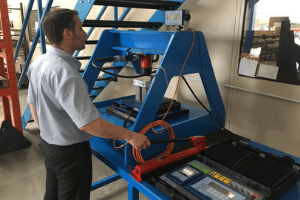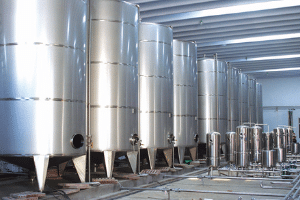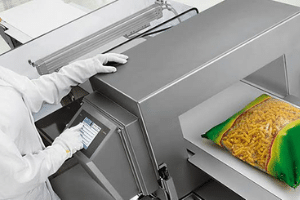Surface vs. Pit Mounted Weighbridges: Choosing the Right Weighing Solution
Weighbridges, also known as truck scales, are a crucial piece of equipment for any industry that needs to accurately measure the weight of large vehicles. But when it comes to installing a weighbridge, there are two main options to consider: surface-mounted and pit-mounted. This blog post will break down the key differences between these two types of weighbridges, their benefits, and the additional components you need to build a complete weighing station.

Understanding the Difference
Surface-mounted weighbridges: These sit directly on the existing ground surface. They require ramps on either end for vehicles to drive on and off the platform. Surface-mounted weighbridges are a popular choice due to their ease of installation and lower initial cost.
Pit-mounted weighbridges: As the name suggests, these weighbridges are installed in a pit dug into the ground. This allows the weighing platform to be flush with the surrounding surface, eliminating the need for ramps. Pit-mounted weighbridges tend to be more expensive upfront but offer several advantages.
Choosing the Right Option: Weighing the Benefits
Here’s a breakdown of the pros and cons of each type of weighbridge to help you decide which is best for your needs:
Surface-mounted weighbridges
Benefits:
- Easier and faster to install
- Lower initial cost
- Easier access for maintenance
Drawbacks:
- Requires ramps, which can take up additional space
- May disrupt traffic flow due to the ramps
- Less aesthetically pleasing
Pit-mounted weighbridges
Benefits:
- Seamless transition for vehicles, improving traffic flow
- Takes up less overall space (no need for ramps or extra clearance)
- Creates a cleaner, more aesthetically pleasing look
Drawbacks:
- Higher installation cost due to excavation work
- Access for maintenance might be slightly more complex
Building Your Weighing Station: Essential Add-Ons
While the weighbridge itself is the core component, a complete weighing station requires additional elements:
- Weighbridge software: This software manages data collection, weight recording, and reporting. It allows you to integrate the weighbridge with other systems like inventory management software.
- Weighbridge terminals: These are operator consoles used to interact with the weighbridge software and control the weighing process.
- Traffic lights and signage: These improve safety and direct vehicles through the weighing area.
- Weight indicators: Large displays that show the weight of the vehicle being weighed.
Ultimately, the best choice between a surface-mounted and pit-mounted weighbridge depends on your specific needs and budget. Consider factors like available space, traffic flow, and the importance of aesthetics. By understanding the advantages and disadvantages of each type, and the additional components needed for a complete station, you can make an informed decision that best suits your weighing requirements.
If you are unsure which option is right for you, speak to one of our vehicle weighing specialists today for a no-obligation consultation.
Discover how MWS and a leading multi-drop company joined forces to automate their vehicle weighing processes, ensuring real-time accuracy, enhanced safety, and regulatory compliance.
